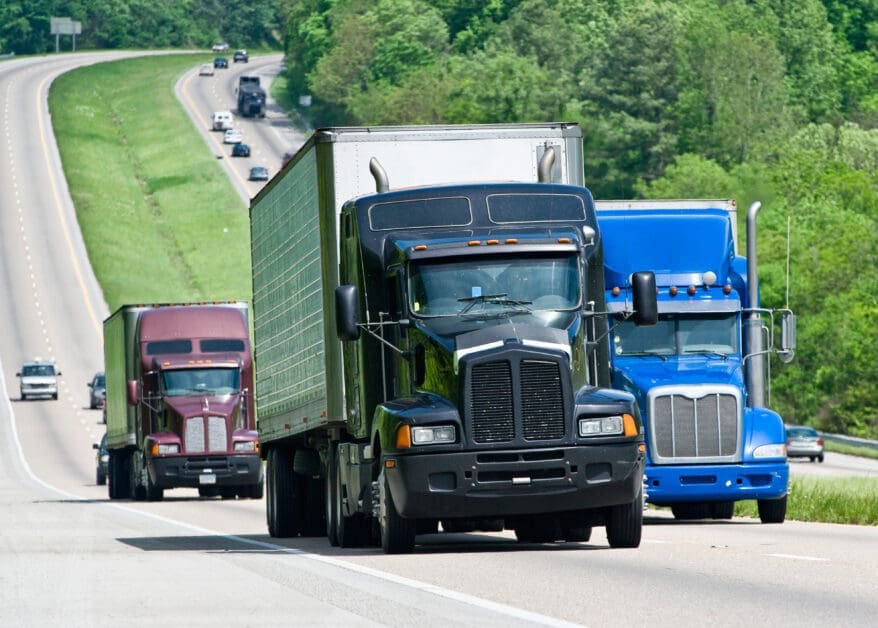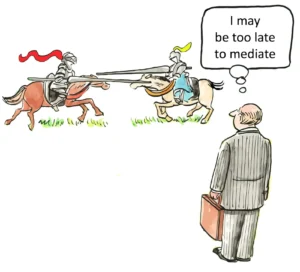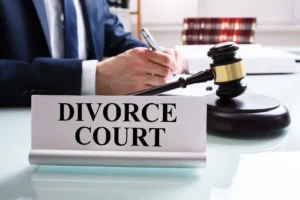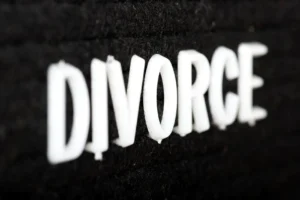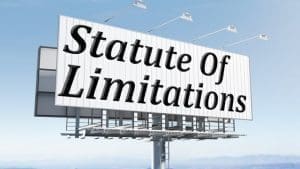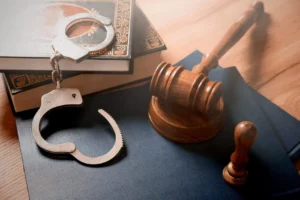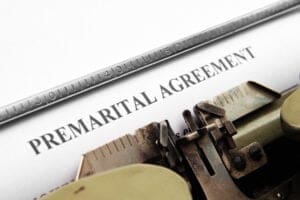How to Prove Liability in a Truck Accident Claim
Truck accident claims require strong legal strategies, substantial evidence, and a deep understanding of federal and state trucking regulations. Establishing liability is critical to recovering full compensation. We outline the key steps, evidence, and legal considerations required to prove fault in a commercial truck crash.
Understanding Liability in Commercial Truck Accidents
Liability refers to legal responsibility for damages. In truck accident cases, liability may rest with one or more parties, including the truck driver, the trucking company, the maintenance provider, the cargo loader, or even the vehicle manufacturers. Each plays a role in the safe operation of the vehicle, and identifying who failed in their duty is essential to the claim.
Key Evidence to Prove Fault in a Truck Accident Case
Establishing liability requires collecting and preserving critical evidence that supports the victim’s claim.
1. Police Accident Report
The official accident report includes observations from law enforcement, preliminary fault assessments, witness statements, and details about road or weather conditions. It forms a foundational element in any liability claim.
2. Driver’s Logs and Hours-of-Service Records
Federal Motor Carrier Safety Administration (FMCSA) regulations limit the duration for which a commercial driver can operate a truck without taking a rest break. Logs showing violations help prove negligence due to driver fatigue.
3. Electronic Logging Device (ELD) and GPS Data
ELDs automatically record driving time and truck movement. Combined with GPS data, these tools can reveal erratic driving, excessive speed, sudden braking, or route deviations that support a fault.
4. Truck Maintenance and Inspection Records
Neglected maintenance or falsified inspection logs may establish liability on the part of the trucking company or maintenance contractor. Brake failure, bald tires, or malfunctioning lights often indicate negligence.
5. Black Box (Event Data Recorder) Information
The truck’s black box provides technical data, including speed, brake use, throttle position, and other pre-crash metrics. This digital evidence often proves decisive in showing unsafe operation.
6. Dashcam or Surveillance Footage
Video from dashcams, nearby businesses, or traffic cameras can show impact angles, driver behavior, or road conditions. This visual evidence is hard to dispute.
7. Eyewitness Testimony
Credible witness accounts strengthen the claim, especially when multiple parties confirm key facts, such as red-light running or reckless lane changes.
8. Trucking Company Employment Records
Driver qualifications, prior violations, drug testing results, and hiring practices may reveal the company’s failure to vet or monitor its drivers properly.
9. Cargo Load and Securement Documentation
Overloaded or improperly secured cargo can cause rollover accidents or lost loads. Bills of lading, loading manifests, and inspection reports highlight errors made during the shipment preparation process.
Legal Theories Used to Establish Liability
Truck accident claims often rely on one or more legal theories depending on how the crash occurred and which party was negligent.
Negligence
To prove negligence, the plaintiff must show that the defendant owed a duty of care, breached that duty, and caused damages as a result. For instance, a driver who speeds or violates HOS limits may be deemed negligent.
Negligent Hiring or Supervision
If a trucking company hires unqualified drivers or fails to discipline unsafe operators, it may be held liable for negligent hiring, training, or supervision.
Vicarious Liability (Respondeat Superior)
This principle holds employers accountable for wrongful acts committed by employees acting within the scope of their duties, such as when a driver causes a crash. In contrast, on a delivery route, the employer may be held legally responsible.
Product Liability
If the crash resulted from a manufacturing defect—such as brake failure or tire blowout—the vehicle or parts manufacturer may be liable.
Violation of Safety Regulations
FMCSA violations, such as overloaded trailers or failure to inspect brakes, may constitute negligence per se, automatically establishing breach of duty.
Potentially Liable Parties in a Trucking Accident
Multiple parties often share responsibility in a truck crash, each of whom may be pursued for damages.
Truck Driver
Drivers may be liable for speeding, impaired driving, distracted driving, fatigue, or other unsafe behavior.
Trucking Company
Companies that cut corners on hiring, maintenance, or driver training can be held liable for systemic safety failures.
Truck Owner
If different from the carrier, the vehicle’s owner may be responsible for mechanical upkeep or repairs.
Cargo Loader or Shipper
Improperly balanced or unsecured cargo often causes jackknife or rollover accidents. The shipping company may be held accountable.
Maintenance Provider
A third-party mechanic who fails to identify or fix issues during inspections or service may be found liable for contributing to the crash.
Vehicle or Parts Manufacturer
Defective components—such as braking systems, tires, or steering columns—can make the manufacturer liable under product liability laws.
Role of Expert Witnesses in Proving Truck Accident Liability
Experts provide credibility and technical insight necessary to interpret complex data and safety violations.
Accident Reconstructionists
These experts analyze skid marks, crush damage, the black box, and crash dynamics to determine the cause and circumstances of the accident.
Mechanical Engineers
They inspect the truck’s mechanical systems to determine whether maintenance failures or part defects contributed to or exacerbated the collision.
Medical Experts
Medical professionals establish the link between the accident and the victim’s injuries, which supports the value of the damages claim.
Industry Compliance Experts
Former FMCSA officers or transportation specialists can testify to violations of safety regulations and accepted industry standards.
Comparative Fault in Truck Accident Claims
In many jurisdictions, fault is not absolute. Comparative negligence laws reduce a victim’s compensation by the percentage of fault attributed to them.
For example, if the victim is 10% at fault and the damages total $500,000, their recovery would be reduced by $50,000. Properly investigating and disproving any false claims of shared liability is crucial to maximizing recovery.
Preserving Evidence Through Spoliation Letters
A spoliation letter is sent immediately after the crash to notify the trucking company of its legal duty to preserve all relevant evidence. Evidence to save includes black box data, driver logs, maintenance records, and dashcam footage. Failure to retain evidence after receiving a spoliation notice may result in sanctions and a negative inference in court.
Why Legal Representation Is Critical in Truck Accident Cases
Trucking companies and insurers aggressively defend against liability claims using teams of attorneys, adjusters, and investigators. Are you wondering what a truck accident lawyer does? An experienced truck accident attorney builds a case from day one, securing critical evidence, consulting experts, navigating federal regulations, and negotiating for full compensation.
Conclusion: Proving Liability Is the Foundation of a Successful Claim
Truck accident victims must move quickly to protect their rights, gather evidence, and hold all responsible parties accountable. Establishing liability through a detailed investigation, expert testimony, and a well-crafted legal strategy ensures the strongest possible path to a successful resolution.
